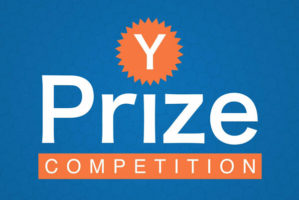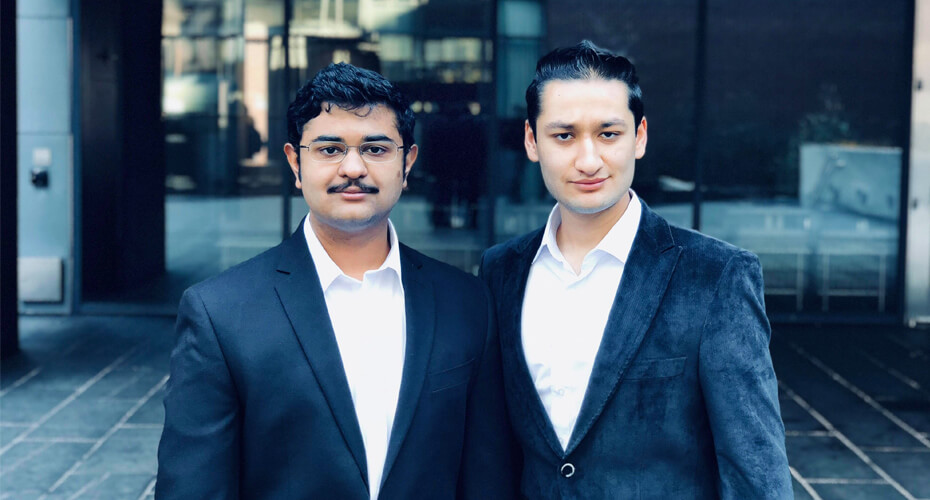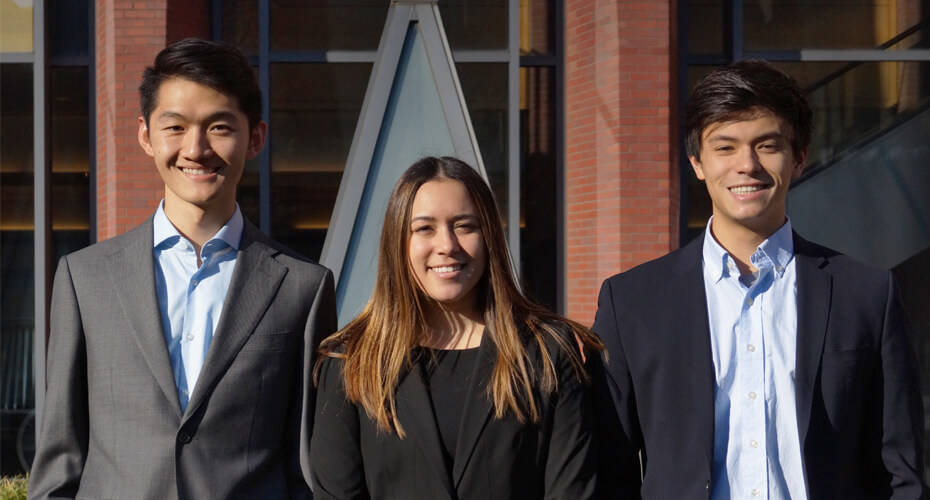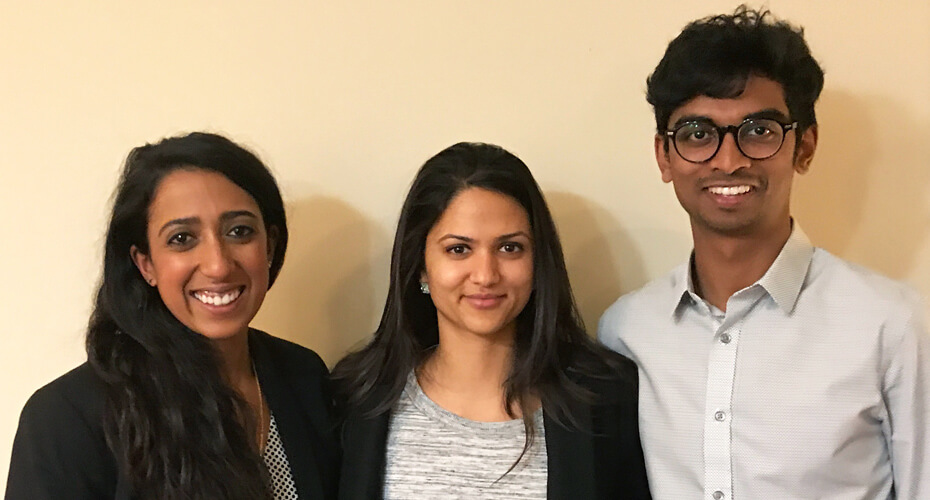
For the past six years, the Y-Prize Competition has challenged students from across the University of Pennsylvania to devise inventive uses for emerging Penn technologies. The current iteration offered students the choice between two new nanotechnologies developed by Penn Engineering researchers: carbon nanopipettes and nanotribological printing.
This year’s Y-Prize finalists leaned heavily in the direction of medical applications, with the teams proposing new technological approaches for embryonic screening, gene therapies, and single cell diagnostics. A fourth team went in an altogether different direction, proposing an idea for making airplanes and vehicles more aerodynamic.
We are pleased to introduce the 2017-2018 Y-Prize finalists:
Carbolytics

Vikram Krishnamoorthy, Vagelos Life Science & Management Program, and George Pandya, Jerome Fisher Program in Management & Technology
Carbolytics is a disruptive platform that addresses a critical, yet unmet, multi-billion dollar opportunity in the healthcare industry: the need for a simple way to manipulate cells. Current processes use costly, low throughput tools. Our platform redefines the current standard by using carbon nanopipettes (CNPs) in a microfluidic system. By leveraging the real-time feedback provided by CNPs and the flexibility and scalability of microfluidics, we simplify and automate current processes to provide a low-cost solution for medical R&D, single cell diagnostics, and cellular therapeutics manufacturing. Carbolytics is poised to revolutionize these fields and enable medical advances that will save lives.
Cellview Sciences

Henry Zhou, School of Arts and Sciences; Ellen Naruse, The Wharton School; and Michael Lee, The Wharton School
Chromosense, developed by Cellview Sciences, is a testing procedure for in vitro fertilization that screens early-stage human embryos for genetic abnormalities. In the United States, one in every ten couples experiences problems with infertility, and this figure has been steadily increasing. As such, the global assisted reproductive services market has grown to over $21 billion per year. Using carbon nanopipettes to inject molecular beacons into the nuclei of developing embryo cells before they are implanted in the mother’s uterus, Chromosense scans for chromosomal abnormalities in a way that is faster, safer, and more accurate than current solutions on the market.
Exemplar

Sonali Chopra, The Wharton School; Kahini Shah, The Wharton School; and Nikhil Raghuveera, The Wharton School
Have you ever wondered how butterflies survive in rain? If you look at a butterfly’s wing under a high-resolution microscope, you would find that its wings are covered with scales that resist the collection of water. These nanoscales, or patterns, not only give butterflies their vibrant colors but also create a surface with “hierarchical roughness” that effectively reduces liquid-solid contact area and water adhesion. At Exemplar, we are using this same idea to tailor the exteriors of airplanes and automobiles with nanotribological printing such that they are more hydrophobic, and thereby more aerodynamic and resistant to icing.
NanoXCell Therapeutics

Daniel Lundgren, Vagelos Life Science & Management Program; Patrick Lundgren, University of Oxford; and Shelby Wilkinson, Vagelos Life Science & Management Program
NanoXCell Therapeutics is leveraging carbon nanopipette (CNP) technology to deliver life-changing gene therapies to patients with genetic skin diseases (GSDs). Current gene transfer technologies, which rely on viral vectors, are severely limited in gene size capacity, cell targeting, and efficiency. Thus, utilizing CNPs in ex vivo treatment of GSDs, which involve large genes and difficult cell targeting, will provide significant value. We will first address dystrophic epidermolysis bullosa, a devastating and rare disease with extreme unmet need ($200-400K annual palliative care spend per patient). We will then expand our portfolio to develop treatments for other GSDs and beyond to revolutionize the implementation of gene therapy.
What’s Next
These teams will continue to refine their ideas over the next two months. They will pitch their proposed applications live to a panel of judges at the Singh Center for Nanotechnology in the Y-Prize Finale on January 30, 2018 for a grand prize of $10,000.




Amazing and very innovative ideas and applications. Congratulations to the finalists.